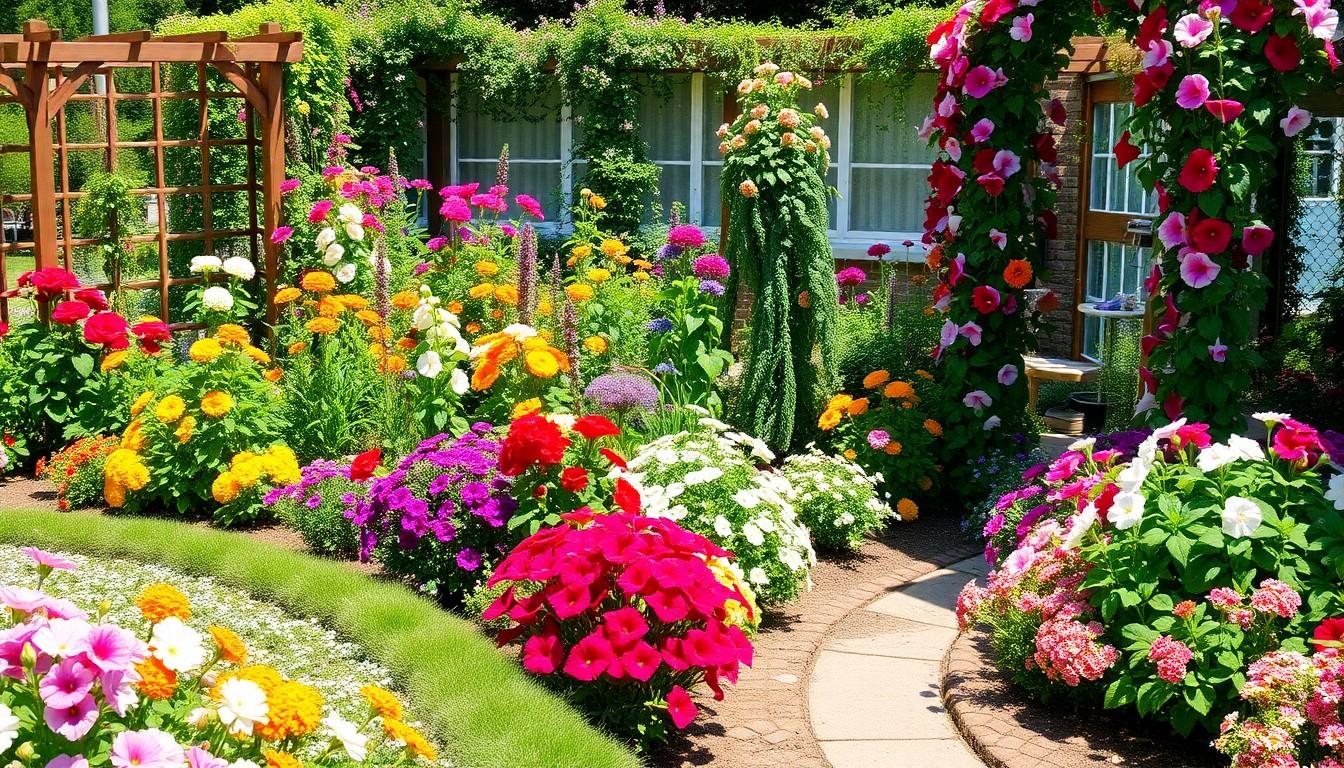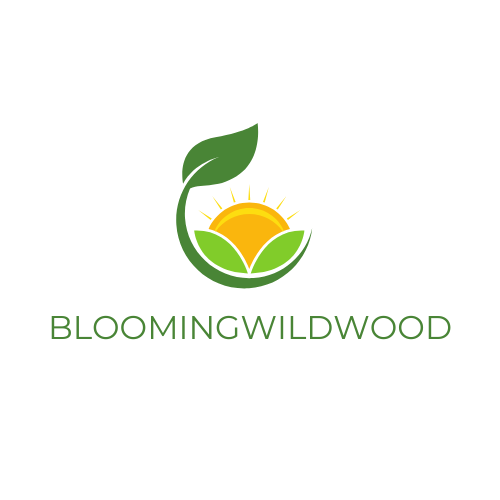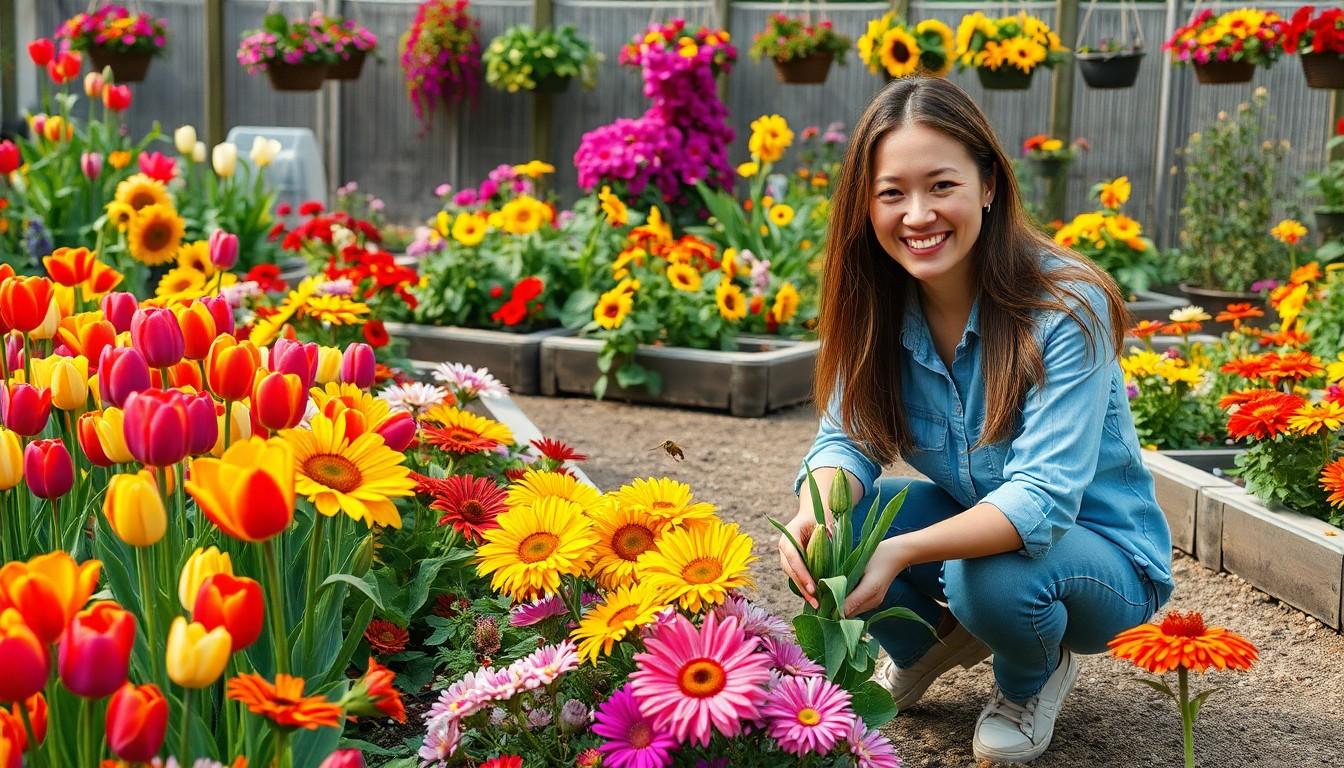Imagine stepping into your backyard and being greeted by a vibrant explosion of colors, delightful scents, and the gentle buzz of bees hard at work. Flower gardening isn’t just a hobby; it’s a passport to a world where creativity blooms alongside your plants. Whether you’re a seasoned green thumb or just starting out, there are endless flower gardening ideas that can transform even the dullest patch of earth into a stunning floral paradise.
Flower Gardening Ideas
Flower gardening offers endless possibilities for creativity. Individuals can transform spaces by selecting the right flowers and adapting to seasonal changes.
Choosing the Right Flowers for Your Garden
Choosing flowers requires consideration of climate, soil type, and sunlight. Native plants thrive with less maintenance and attract local pollinators. Annuals provide vibrant colors throughout a single season while perennials come back year after year. Fresh cut flowers enhance indoor spaces and provide fragrances. Grouping flowers by color or height increases visual impact. Incorporating herbs adds functionality alongside beauty.
Seasonal Flower Gardening Ideas
Gardening varies with the seasons, offering unique opportunities for adornment. Spring welcomes tulips and daffodils, bringing early color. Summer showcases vibrant sunflowers and zinnias, ideal for attracting butterflies. Fall emphasizes chrysanthemums and asters, perfect for extending the season’s bloom. Winter containers featuring ornamental cabbage or evergreen accents provide year-round appeal. Transitioning flowers throughout the seasons ensures continuous beauty and keeps the garden lively.
Designing Your Flower Garden Layout

Creating an effective layout ensures a visually appealing flower garden. Thoughtful design emphasizes balance, symmetry, and utility in outdoor space.
Tips for Effective Spacing and Arrangement
Consider the mature size of plants during placement. Maintain distance between flowers to promote airflow and reduce disease risk. Arrange taller flowers at the back or center of beds, with shorter varieties toward the edges for visibility. Grouping similar types enhances visual impact through uniformity and makes maintenance easier. Utilize pathways for accessibility, ensuring easy access for gardening tasks or enjoyment of the space.
Incorporating Vertical Gardening Techniques
Introducing vertical gardening techniques maximizes limited space while offering eye-catching displays. Trellises, arbors, and wall planters provide attractive structures for climbing plants. Select flowers like morning glories or clematis to create vibrant vertical interest. Use hanging baskets for additional layered appeal, incorporating unique arrangements. Vertical gardens not only enhance aesthetics but also contribute to better air circulation and light exposure for plants.
Flower Gardening Ideas for Small Spaces
Utilizing vertical spaces offers a great solution for small area gardening. Trellises support climbing plants like sweet peas and nasturtiums, enhancing height and color. Wall planters accommodate a variety of flowers while maximizing floor space.
Choosing compact plant varieties aids in effective use of tight spaces. Dwarf marigolds and mini roses bring vibrant hues without overwhelming limited plots. Grouping these smaller plants provides striking color combinations and helps create an inviting atmosphere.
Using raised beds can provide organized flower arrangements and improve soil drainage. Adjustable sizes allow gardeners to tailor dimensions to fit available spaces. Employing edging materials, such as bricks or wood, helps define areas and adds structure.
Selecting hanging baskets enriches vertical gardening strategies. These baskets can hold a mix of trailing nasturtiums and geraniums, adding layers of beauty. Placing them at varying heights creates depth and visual interest.
Incorporating container gardening simplifies flower arrangement for small outdoor areas. Containers come in diverse sizes and styles, enabling personalization to match decor. High-quality drainage is essential to keep roots healthy and plants thriving.
Layering flowers by bloom time ensures constant color throughout the seasons. Early spring bloomers like pansies provide an initial splash, followed by summer favorites such as petunias. This staggered approach keeps gardens lively and engaging.
Embracing window boxes adds beauty to limited space. These boxes can host a variety of seasonal blooms while providing functionality. Positioning them on windowsills or railings brings joy both indoors and outdoors.
Sustainable Flower Gardening Practices
Sustainable flower gardening practices promote environmental health and resource conservation. Using organic compost enriches soil without harmful chemicals. Native flowers thrive in local conditions, requiring less water and maintenance. Selecting drought-resistant plants helps conserve water, minimizing irrigation needs.
Mulching provides numerous benefits, including moisture retention and weed suppression. Incorporating companion planting enhances biodiversity and can deter pests naturally. Implementing rainwater harvesting systems educates gardeners on resource conservation while offering free irrigation.
Choosing non-toxic pest control methods ensures safety for pollinators. Beneficial insects play essential roles in maintaining garden health; attracting them creates a supportive ecosystem. Crop rotation in flower beds prevents soil depletion and controls pest populations.
Maintaining proper planting schedules reduces the need for artificial fertilizers. Seasonal planting matches local climate conditions, fostering stronger plant growth. Encouraging pollinator habitats within the garden, such as bee hotels and butterfly gardens, supports biodiversity.
Utilizing biodegradable materials, like paper pots for seedlings, reduces waste. Composting garden waste returns nutrients to the soil, creating a closed-loop eco-system. Emphasizing local sourcing of plants contributes to environmental sustainability and supports local economies.
Practicing sustainable flower gardening not only enhances personal green spaces but also positively impacts the broader environment. Understanding local ecosystems creates opportunities for more sustainable choices. Together, these practices lead to healthier, thriving gardens.
World of Creativity and Beauty
Embracing flower gardening opens a world of creativity and beauty. With the right selection of plants and thoughtful design, anyone can cultivate a vibrant outdoor space. Seasonal blooms and smart layout choices ensure gardens remain lively throughout the year.
Sustainable practices further enhance the experience, fostering a healthy environment while reducing maintenance needs. By incorporating native plants and eco-friendly techniques, gardeners not only beautify their surroundings but also contribute to the well-being of local ecosystems.
Whether one has a sprawling yard or a small balcony, the joy of flower gardening is attainable and rewarding. The possibilities are endless, inviting everyone to explore their unique floral haven.

